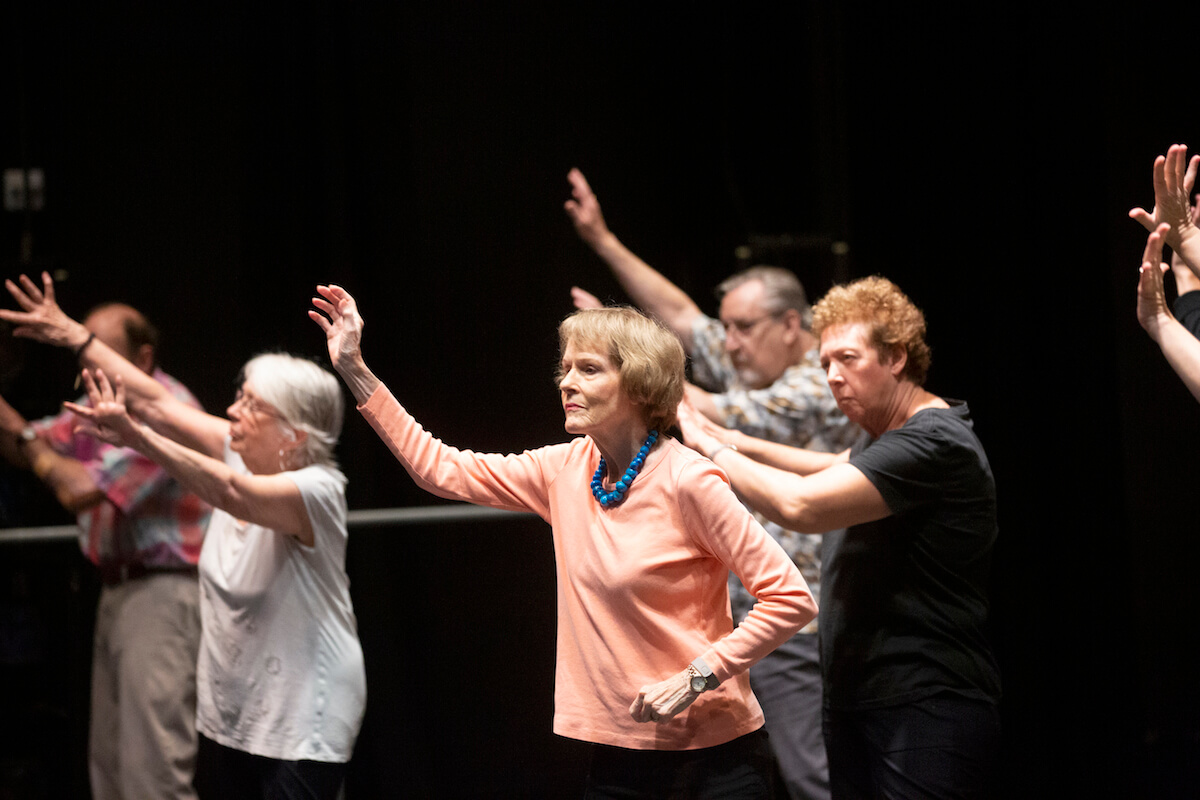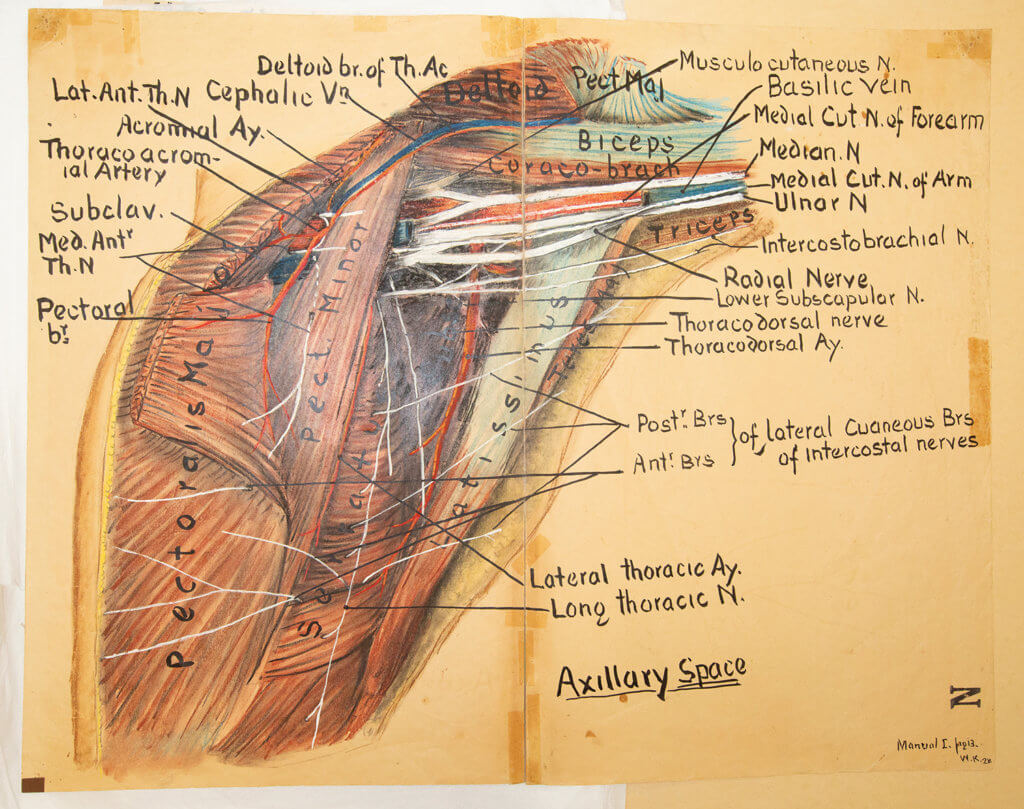Dancing for balance: Parkinson’s patients build physical strength and a supportive community

Tapping, swaying or marching to a beat might not sound difficult to most of us, but for those suffering from Parkinson’s, the physical stiffness and difficulty with balance that are hallmarks of the disease can make independent movement extremely challenging.
Parkinson’s is a neurological disorder that can cause tremors, shakiness, stiffness, loss of coordination and impair a person’s ability to walk and stay balanced. Dance for Parkinson’s, a partnership between the Houston Area Parkinson Society and Houston Ballet, gives participants a chance to build physical strength and move confidently in dance class.
Krissy Richmond, a former principal dancer with the Houston Ballet, became the founding instructor for Houston’s Dance for Parkinson’s class in 2009 at the urging of Houston Ballet’s now executive director, Jim Nelson, whose father had just been diagnosed with Parkinson’s.
“We take the structure of a warm-up from a regular class, but do the basics in a chair so our students don’t have to think about balance,” Richmond explained. “It is remarkable how much you can accomplish in a chair.”
Throughout the one-hour class, students perform variations of tap, ballet and modern dance—using arm movements that combine snapping, tapping and twisting to warm up every muscle before standing to do barre work.
“You’re warming up certain areas in the body to get students prepared to engage their muscles so it’s not such a foreign thing when they stand up,” Richmond said. “Then we go to the barre, we do pliés and test their balance, and then we do across-the-floor work. The class builds so they are not taken off guard as far as their balance goes.”
Each week, 15 to 25 individuals with Parkinson’s attend the class; all present with differing degrees of the disease. Instructors tailor the lessons to make them safe for students to move independently.
“In any ballet class you go to, you would do several turn combinations, but turns are not a thing we do in this class,” said Jennifer Sommers, Dance for Parkinson’s instructor and director of education and community engagement at Houston Ballet. “We do change the facing of the room—we go from traveling from the east side of the room to the west side. If you turn too much … there is a chance for getting your feet tangled up or tripping, so we always try to have that forward pathway to turn around.”
The class stimulates participants’ cognitive abilities by prompting them to learn movement combinations and remember fellow class members’ names.
Although most individuals with Parkinson’s are diagnosed around the age of 60, the class has no age limit—participants are encouraged to bring friends and loved ones to dance along with them.
Ten years after its inception, Dance for Parkinson’s is the founding program of a full adaptive dance suite offered by Houston Ballet, which modifies dance for populations with specific needs.
“I talk about the physical and cognitive benefits of the class, but you cannot underestimate the social impact of the class as well,” Sommers said. “We get together and we have fun. We are learning together. We are not a community of people who have Parkinson’s—we are a community of people who dance and move together every Monday.”
To participate in Dance for Parkinson’s, which is free, contact the Houston Area Parkinson Society at 713-626-7114 or visit hapsonline.org.







